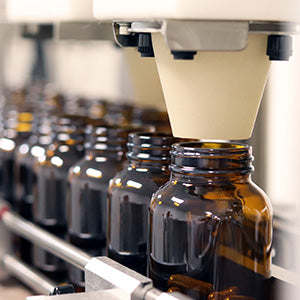BPA Exposure During Pregnancy Linked to Lung Concerns in Young Children

Exposure to the chemical bisphenol A (BPA) during pregnancy may cause children to experience breathing concerns in their first four years, according to a study recently published in JAMA Pediatrics. [1] The longitudinal study looked at the exposure to BPA in 398 mother-infant pairs. Researchers determined each mother’s level of exposure to BPA by measuring the concentration of BPA urine levels at 16 weeks and 26 weeks.
The Effects of BPA Exposure
Researchers followed up with the mothers’ children in their first five years of life and assessed their lung functioning by measuring the amount of exhaled air. They found that every tenfold increase in BPA concentration in the mother’s urine correlated with a 14.2% decrease in their child’s lung functioning in his or her first four years of life, suggesting that BPA may negatively impact lung health during early childhood. Data from the same cohort shows that these children did not have decreased lung function at age five, suggesting that BPA’s effect on a young child’s lungs may disappear over time. However, children in the study were also more likely to experience persistent wheezing in their first five years the higher the concentration of BPA their mothers were exposed to during pregnancy. The study’s authors say that it is not clear what mechanism is causing prenatal BPA exposure to affect lung functioning in young children, although at least one animal study suggests that the chemical acts on developing cells in the lungs that support airway secretions.
Other BPA Health Issues
Studies have shown that BPA may act as an estrogen mimicker, possibly resulting in hormonal imbalance in women and men. [2] One study has linked the compound with metabolic disorders, including diabetes and obesity. [3] Cancer has also been consistently linked to BPA exposure. [4] [5] Considering that these issues have been rising to epic proportions in recent years, it would be an educated guess to say that BPA may be a contributor to high preventable disease rates.
What Expecting Mothers Can Do
Researchers say that even though the exact mechanism is not known, pregnant women should limit their exposure to BPA-containing products as much as possible. BPA is used in a number of polycarbonate plastic products, such as microwave-safe food containers and the linings of tin cans. Purchase food in its whole form as much as possible, and eliminate consumption of foods found in cans that aren’t labeled BPA free.
Do you avoid BPA? What do you do, specifically, to reduce exposure?
References (5)
- Adam J. Spanier, Md, PhD, MPH, Robert S. Kahn, MD, MPH, Allen R. Kunselman, MA, et al. Bisphenol A Exposure and the Development of Wheeze and Lung Function in Children Through Age 5 Years. JAMA Pediatr. October 6, 2014. doi: 10.1001/jamapediatrics.2014.1397.
- Krishnan AV, Stathis P, Permuth SF, Tokes L, Feldman D. Bisphenol-A: an estrogenic substance is released from polycarbonate flasks during autoclaving. Endocrinology. 1993 Jun; 132(6): 2279-86.
- Sergi Soriano, Paloma Alonso-Magdalena, Marta Garcia-Arevalo, et al. Rapid Insulinotropic Action of Low Doses of Bisphenol-A on Mouse and Human Islets of Langerhans: Role of Estrogen Receptor ß. PLOS One. February 8, 2012. doi: 10.1371/journal.pone.0031109.
- Ana M. Soto & Carlos Sonnenschein. Environmental causes of cancer: endocrine disruptors as carcinogens. Nature Reviews Endocrinology 6, 363-370 (July 2010). doi: 10.1038/nrendo.2010.87.
- Cathrin Brisken. Endocrine Disruptors and Breast Cancer. CHIMIA International Journal for Chemistry. Volume 62, Number 5, May 2008, pp. 406-409(4). doi: 10.2533/chimia.2008.406.
†Results may vary. Information and statements made are for education purposes and are not intended to replace the advice of your doctor. If you have a severe medical condition or health concern, see your physician.

Dr. Edward Group, DC
FOUNDER | HEALER | ADVOCATEDr. Group, DC is a healer and alternative health advocate, and an industry leader and innovator in the field of natural health who is dedicated to helping others. He is a registered doctor of chiropractic (DC), a naturopathic practitioner (NP), and proud alum of Harvard Business School and MIT Sloan School of Management. Dr. Group, DC is the founder of Global Healing – a mission and vision he has shared through best-selling books and frequent media appearances. He aims to spread his message of positivity, hope, and wellness throughout the world.










